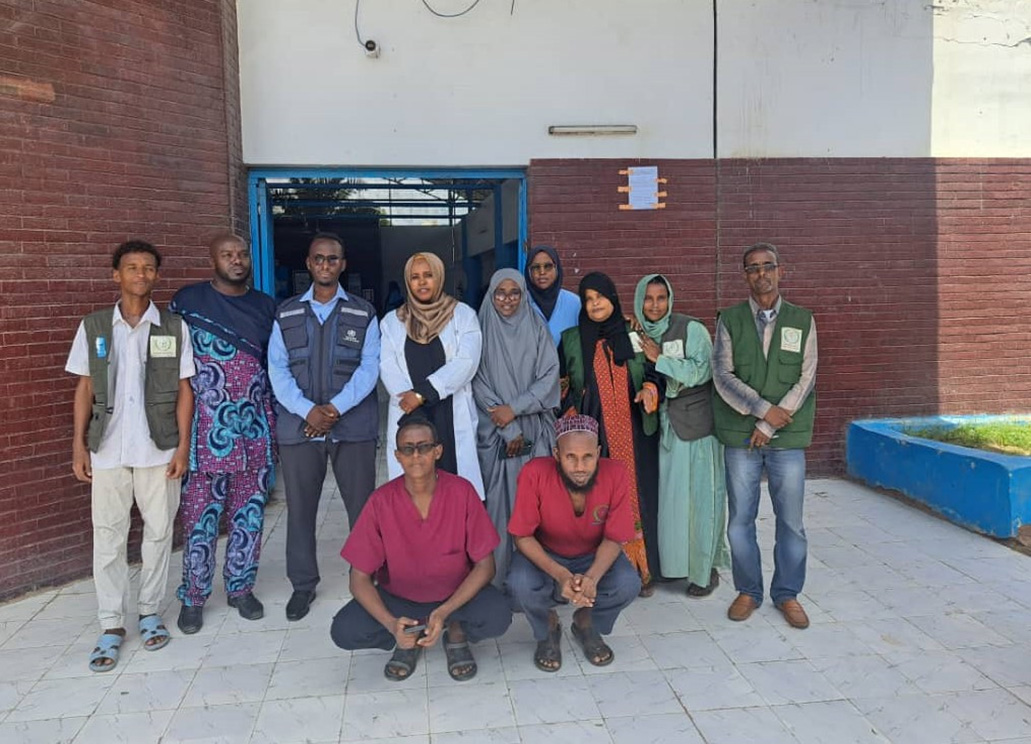 The team, including community health workers, involved in the antimalarial efficacy study in Djibouti. Photo credit: WHO/M. Farah
The team, including community health workers, involved in the antimalarial efficacy study in Djibouti. Photo credit: WHO/M. Farah
23 April 2024– For the first time in Djibouti, a study has been conducted to evaluate the efficacy of first-line antimalarials. The therapeutic efficacy study (TES), which ended in April 2024, aimed to assess the commonly used antimalarial treatment in Djibouti, artemether-lumefantrine. The results may lead to a review of the national malaria treatment protocol.
Each patient in the study was observed for a follow-up period of 28 days. Rigorous patient follow-up and monitoring is essential to reduce loss of follow-up, which would compromise the success of such a study.
To achieve this, 3 community health workers were trained to be part of the TES team. The community health workers were fundamental to the TES, because of their deep knowledge of the target municipality for the study and their dedication to their role.
The trio worked tirelessly to accompany patients from their homes to the study site, day and night, for medication, and to coordinate appointments for each patient. Below, one of these community agents shares a typical day during the study period.
The research protocol was approved by the local and regional ethics committee and clearly outlines patient inclusion and exclusion criteria, which were adhered to strictly.
A day in the life of a community worker supporting an antimalarial efficacy study
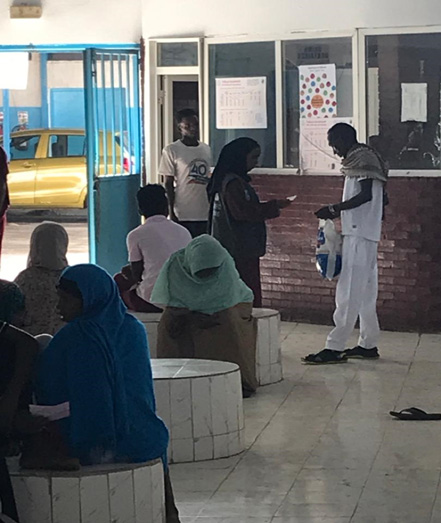 A community health worker (standing, dressed in black) speaks to a study participant to discuss laboratory testing and to help him schedule his next appointment. Photo credit: WHO/A. Ali“In the morning, I get up early, and at 07:30 I take my notepad that was given to me and in which I have all the information on the patients I am following and head towards the study site, Polyclinique Houmed-Maki,” explained a community health worker on the TES team, speaking at the time the study was under way.
A community health worker (standing, dressed in black) speaks to a study participant to discuss laboratory testing and to help him schedule his next appointment. Photo credit: WHO/A. Ali“In the morning, I get up early, and at 07:30 I take my notepad that was given to me and in which I have all the information on the patients I am following and head towards the study site, Polyclinique Houmed-Maki,” explained a community health worker on the TES team, speaking at the time the study was under way.
“The first thing I do is to check if all the patients’ files for the day are ready, and on the table, to be used by the doctor for follow-up. I coordinate the movement of the patients included in TES between the laboratory and the consultation room, making sure that the patients first go through the laboratory for the blood test and then I direct them to the consultation room.”
When things did not go to plan, the community agent could intervene: “I make sure that all my patients have come to the appointment, and if they haven’t, I call them back. If they don’t answer, I leave a message and then with the driver and the car available for the study, we leave for their home to pick them up and take them to the study site.”
“Finally, at the end of the day, we get together with the whole TES team,” reflected the community agent. “After that, I know which of my patients have to come tomorrow. I then call them to remind them of their appointment.”
Directly observed therapy was part of the remit for the community health worker: “During the first 3 days of the study, I visited my patients at their home to ensure they are taking their treatment as prescribed. This allows me to observe them taking their medication, stay with them for about 15 to 20 minutes, and to address any issues that may arise. I then inform the investigator of the situation.”





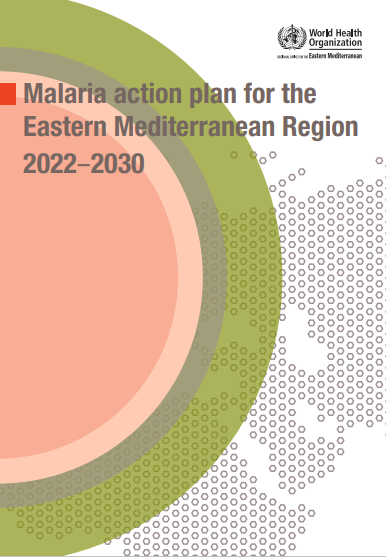
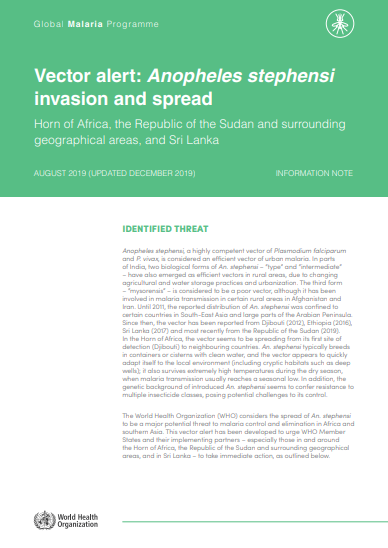

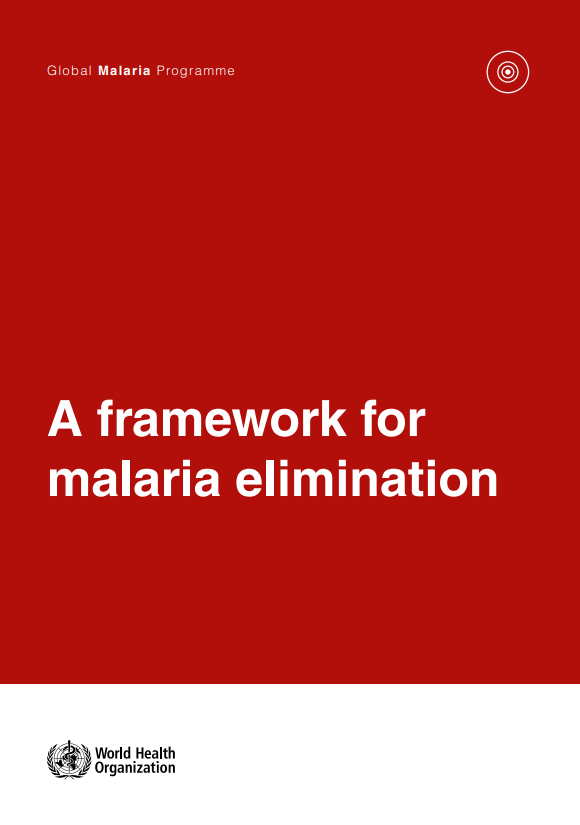


 World Malaria Report 2017
World Malaria Report 2017